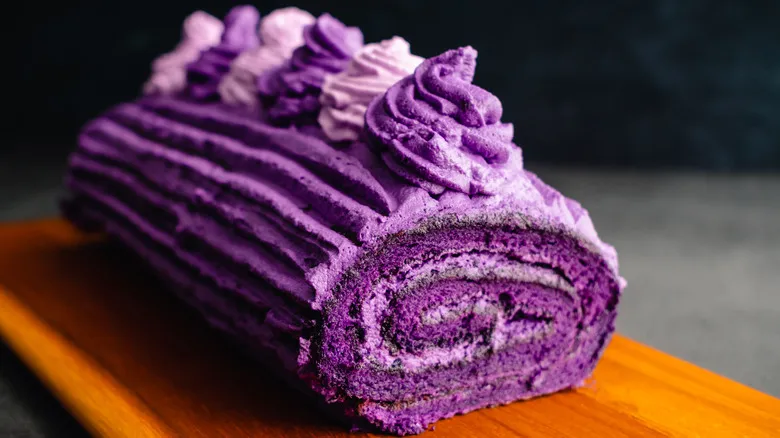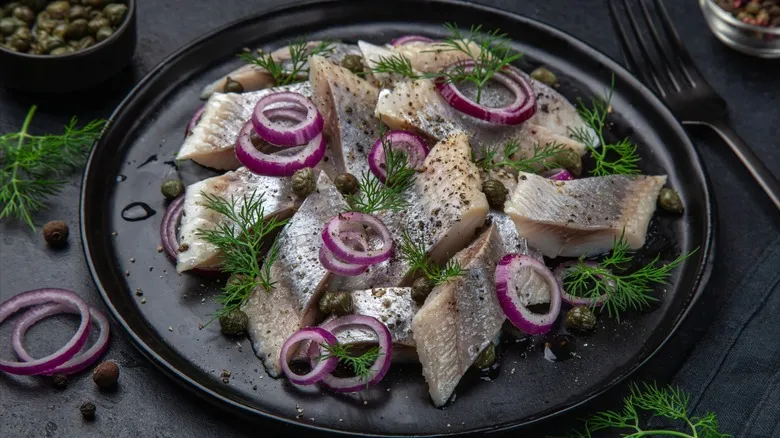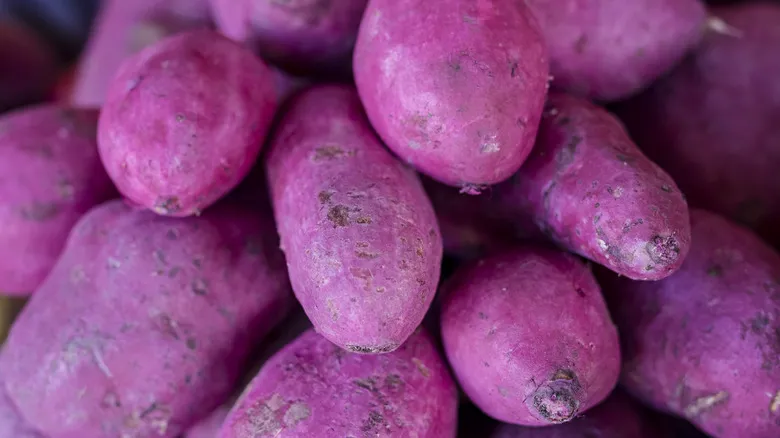The history of ube

For many individuals in the U.S., ube is a relatively recent discovery; however, it has been a staple ingredient in Asian cuisine for centuries. In the Philippines, the earliest references to ube in both Spanish and Tagalog, the country's native language, date back to 1613. The historical use of ube is so extensive in Asia that the precise moment it was first utilized to make ube halaya, or ube jam, remains a topic of debate.
Americans first encountered ube in the 1890s during the U.S. occupation of the Philippines. Ube seeds began appearing in American seed catalogs, often marketed as "winged yam." Additionally, the wave of Asian immigrants arriving through Hawaii introduced a variety of Asian cuisines, cultures, and their ingredients to the U.S.
Ube gained significant popularity in American culture during the 2010s and continues to thrive today. A wide range of ube products, including ube extract, ube powder, ube pancake mix, and frozen ube, can now be found in grocery stores. Among the most beloved ube dishes are traditional Filipino desserts, such as shaved ice, rice cakes, ice cream, and more.
Recommended

How Pickled Fish Became A Swedish Staple

The Humble History Of Ingles Supermarket Chains

The Evolution Of Chewing Gum From Tree Sap To Hubba Bubba

9 Facts You Didn't Know About McDonald's Szechuan Sauce
Next up

